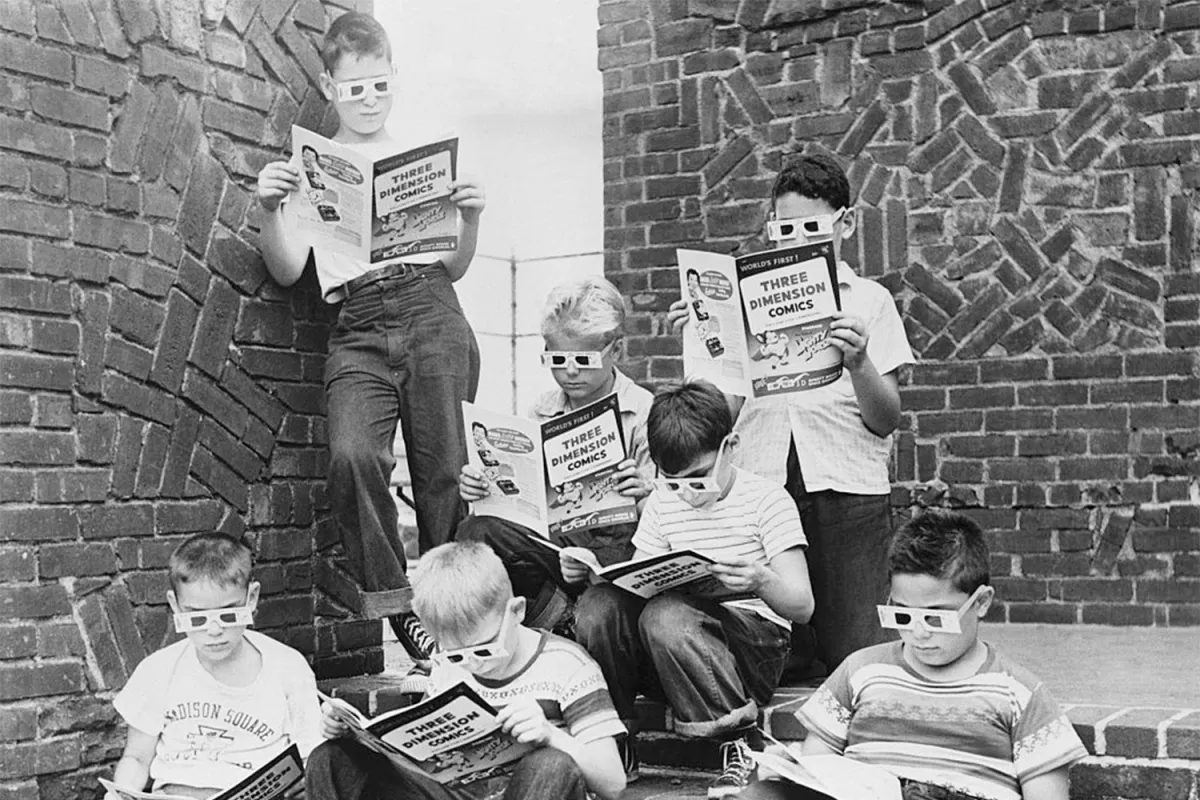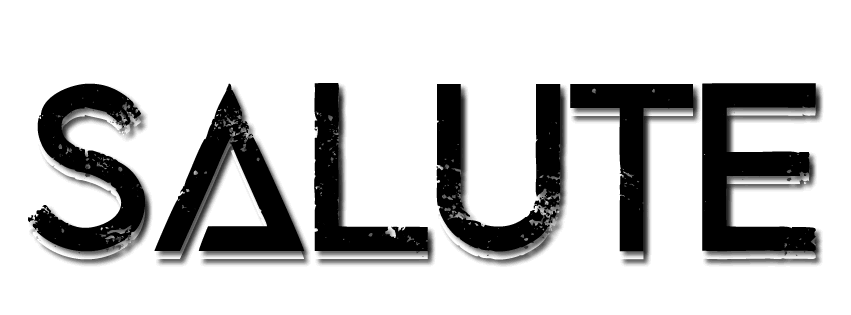Comic Cons are big business these days, and most major cities feature at least one a year, with some markets holding several small events throughout the year in addition to their marquee convention.
Comics Collecting Today: The State of the Hobby


Originally published on 09/28/17
[Lessons of the Past Key to Survival in the Future]The comic book industry is going through a difficult transition. Creators, publishers, retailers, and diehard fans of the medium are struggling with a grim reality; an audience that is contracting and skewing ever older. Comics face increasing competition from other forms of entertainment. Publishers have sought ways to evolve, providing diversified products like motion comics, or “augmented experiences” on-line. Unfortunately, people simply read less now, and attention spans have grown shorter. With so much technology constantly at their fingertips, providing uninterrupted streams of entertainment content, comics barely register with most kids, so there may be no next generation of readers. Those who enjoy the hobby have a stake in ensuring it survives. Beyond just giving out some free comics one day a year, the key will be to foster a connection between the books and a new audience of young readers. A good place to start is to remember how you got into comics yourself.
Some of my earliest, most vivid memories revolve around comic books. Every Sunday, my extended family would get together for a full day of eating, talking, singing. One of my uncles knew I loved to read and wanted to encourage me, so he’d stop by his local newsstand and buy one issue of every comic that had come out that week, along with the Sunday editions of the three major papers we had in New York at the time. My cousin and I loved the funnies, but my uncle would insist I also read as many of the newspaper articles as possible. He didn’t distinguish between Marvel and DC, Harvey funny books and Classics Illustrated, Archie comics and Charlton, so he bought them all and I read them all. My cousin would read the comics right away, but I always waited. They were what I looked forward to the most, but I wanted to savor them. I usually ended up reading them in my room before bedtime, a couple of sheets of typing paper and a pencil beside me so I could copy the panels I liked best. I read and drew everything.
9 years old, my best friend made me pinkie-swear to keep a secret and showed me his older brother’s hidden stash of comics which he was forbidden to touch: An old army footlocker covered with stickers, containing a perfect run of X-Men drawn by Neal Adams and a stack of Heavy Metals. They blew my mind. Adams’ drawings were a revelation. I’d seen his version of Batman before and it was my favorite, but his X-men simply looked real. As for the Heavy Metal, there was Mœbius (Jean Giraud), Phillipe Druillet, and Richard Corben. For the first time, I realized that comics were not only also for adults, they were art. Under these treasures were all sorts of underground comics I’d never even imagined: Fabulous Furry Freak Brothers, stuff by Vaughn Bodē and Robert Crumb. It was disturbing and exciting and seemed more than a little dangerous. My friend told me his brother was already working for Neal Adams; when what he’d said finally registered with me, my opinion of the guy went from “my buddy’s jerk brother who treats us like garbage” to “demigod”.
That convention was the first place I’d ever heard mention of a comic book store.
A store? That only sells comics? Could it be?..
What sensation comes after giddy and exists beyond incredulous?
“How much?” I asked, breathless…
“Fifteen bucks.” he stammered, under the strain of that death stare from mom.
A store? That only sells comics? Could it be?..
What sensation comes after giddy and exists beyond incredulous?
When I was twelve years old, the coolest comic store in the city suddenly opened in my neighborhood. The owner was a curmudgeon right out of central casting. He was a retired psychiatrist (MD and PhD, take that, ghost of Fredric Wertham) who chain-smoked cigars, played opera music in his store, and wore beat up t-shirts and Birkenstocks. He didn’t suffer fools lightly, severely punished shoplifters, and could get you a mint copy of any book you could think to ask for. His prices were fair—and if he liked and respected you and he’d met your parents, his prices dropped so low they had to have been ludicrously below his margin. He didn’t seem to care about profit at all. He loved the books and he wanted to share the hobby. His wife only made appearances when he had a guest signing and she’d sometimes sing along to the music he played in the background. He’d always ask his celebrity guests to draw a picture of Batman onto a backing board. The back wall of the store was a one of kind gallery, featuring dozens of unique images of the caped crusader, most created by artists who’d never drawn him for print, some by the artists most associated with him, all on identical cardboard sheets with identical black frames. He sold me perfect copies of Giant Size X-Men #1 and X-Men #94 for about a quarter of their street value at the time. I’d reread my originals so many times the covers were falling off. He knew I loved them and promised me they’d be worth a lot someday. Years later, in a moment of mad desperation, I sold them when I was broke in college.
The owner of the store I sold them to kept repeating, “Are you sure you want to sell these? I’ve never seen copies this good…”
I’ve sold nearly as many books as I’ve bought over the years, and these days I usually opt for hard cover collected volumes of story runs I enjoy—current ones or those classics that take me back to more innocent days. I got my daughter into comics at a young age, mainly through the print versions of the cartoons she most loved. I happily engage my nieces and nephews on the topic of comics, as well as the young students in the school where I work. I share the love I have for the medium.
I try to pass on the hobby.
So much has changed. Speculators bid on comics that’ll forever remain encased in thick plastic slabs. Far too many retailers have gone out of business, and the big two publishers keep sending us offers for digital copies of their titles—not just the most recently published issues, but the old standards as well. The audience for the films grows, but the one devoted to the original hobby shrinks.
I’m glad there are many ways to experience comics now, many young people creating their own comics even, with greater ease, thanks to technological advances. I just know that the experiences I’ve shared here, though uniquely mine, echo those of thousands of you, and sometimes it feels as if no one will ever again get to have them the way we did.
You have to remember what it felt like when you started collecting. You have to pass it along to those who come after us—before it’s all gone and they’ll have missed the chance to feel it too…
Related Articles
Related
Interview with Comics Legend Walt Simonson
IDW Publishing recently released the collected second story arc of Walt Simonson’s Ragnarök, a great yarn by the master storyteller which unfortunately might be flying under the radar of many readers, lost in the crowded stacks of monthly titles published by the big two.
All Hail The King! Celebrating Jack Kirby’s 100th Birthday
August 28th, 2017, would have been Jack Kirby’s 100th birthday. At the most recent D23 Expo that Disney held, Jack Kirby was named a Disney Legend.
Let’s make something amazing together
 Please note, all Manifest Sculpt work is completed with traditional sculpting techniques—modelling and carving—rather than through modern digital techniques and programs. Consequently, the resin and bronze castings in this edition were also produced through traditional mold making and manufacturing processes. Final Manifest Sculpt commissions are available in a variety of materials, but they are not 3D printed and are not available as printable files. Copyright Notice: all work, including ideation, concepts, stories and their development, character design and production are the property of Carlos Soca unless otherwise noted, and all rights are reserved. Should you wish to discuss collaboration or licensing of an intellectual property or its design, please contact Manifest Sculpt.
Please note, all Manifest Sculpt work is completed with traditional sculpting techniques—modelling and carving—rather than through modern digital techniques and programs. Consequently, the resin and bronze castings in this edition were also produced through traditional mold making and manufacturing processes. Final Manifest Sculpt commissions are available in a variety of materials, but they are not 3D printed and are not available as printable files. Copyright Notice: all work, including ideation, concepts, stories and their development, character design and production are the property of Carlos Soca unless otherwise noted, and all rights are reserved. Should you wish to discuss collaboration or licensing of an intellectual property or its design, please contact Manifest Sculpt.


